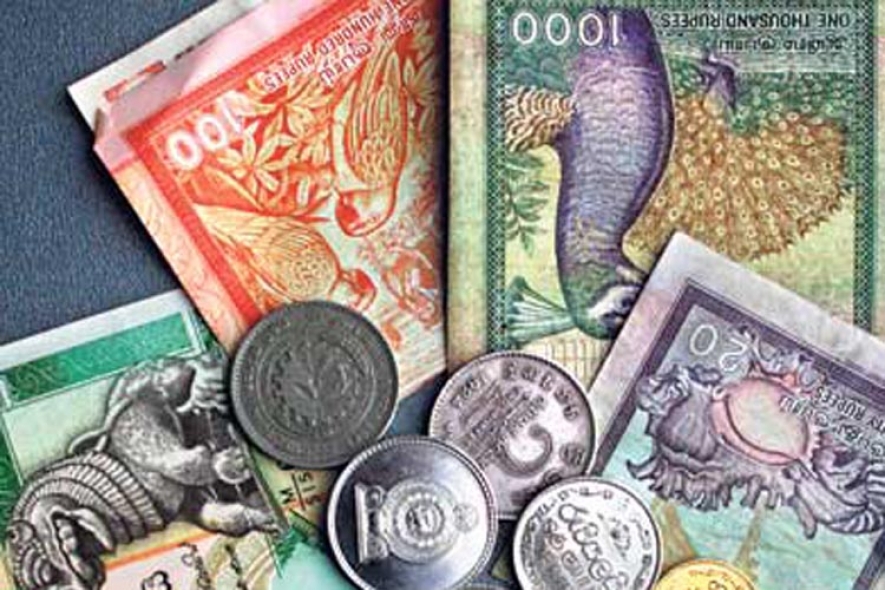The Central Bank has bought more than $1 billion this year to prevent a sharp gain in the currency amid strong inflows from remittances, project-related loans, and investment in government securities in the absence of strong growth in imports and private sector credit growth.
The International Monetary Fund on July 30 urged the Central Bank to limit its intervention in the foreign exchange market saying it may create a perception that the rupee was implicitly fixed and it could lead market participants and firms to hold un-hedged foreign exchange risk on their balance sheets. “We do not anticipate such pressure in the foreseeable future due to our present policy framework,” Governor Cabraal said.
“There is likely to be a gentle appreciation.” The rupee has gained 0.5 percent this year after it fell 2.5 percent last year and 10.7 percent in 2012. It closed at 130.17 to the dollar on Friday, but the Central Bank last month said it would have gained to 125 had it not absorbed the US currency. Though the Central Bank has allowed flexibility in the foreign exchange market, it has always intervened saying it had to ease volatility.
The Central Bank’s heavy dollar buying in the currency market has pulled yields in government debt sharply down due to higher liquidity in the absence of strong importer demand for the US currency. Dollar buying has boosted the $67 billion economy’s foreign currency reserves to a record $9 billion, as of Friday, Cabraal said, sufficient for six months of imports.
(ST/ PRIU)



















